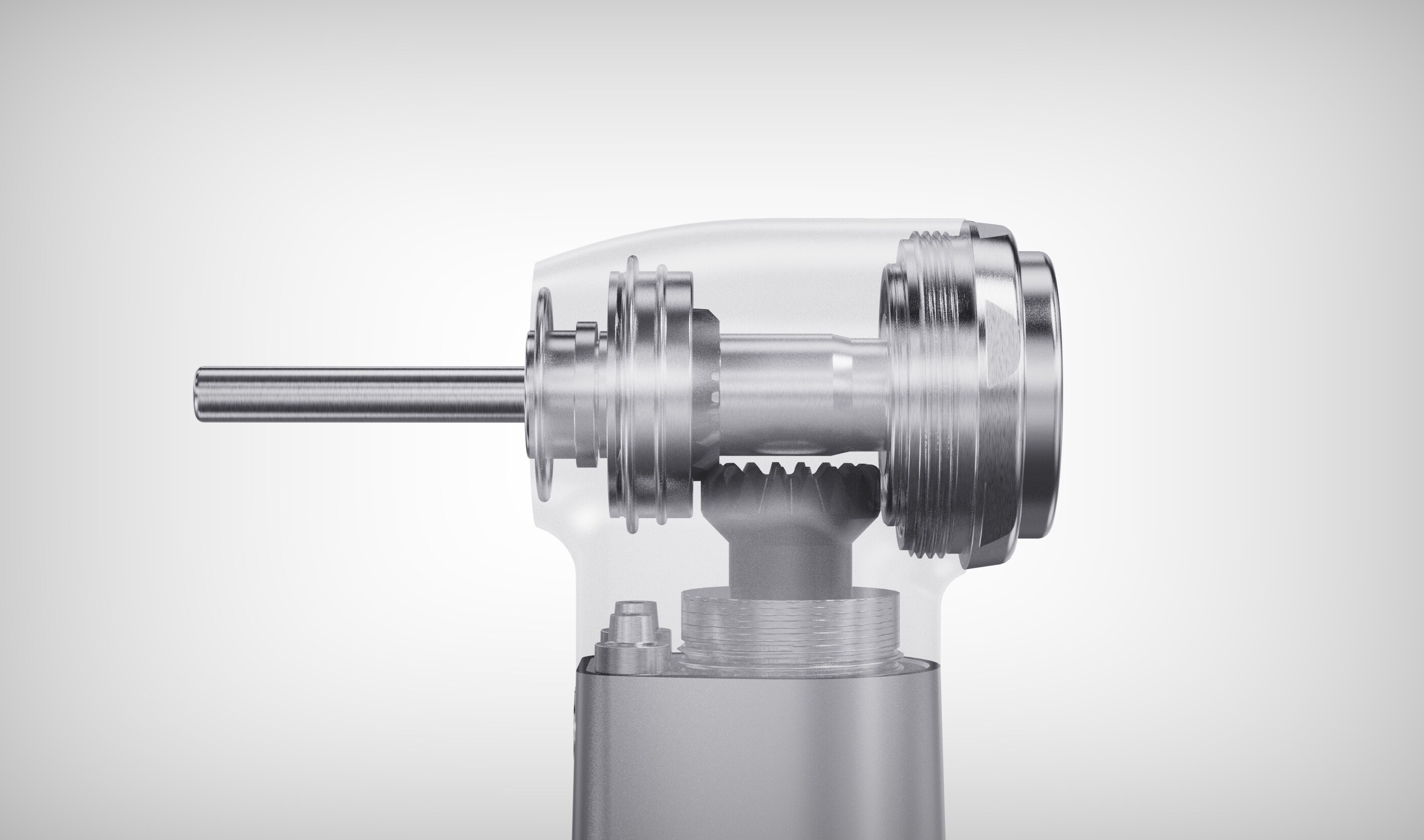Erro de formato de e-mail
emailCannotEmpty
emailDoesExist
pwdLetterLimtTip
inconsistentPwd
pwdLetterLimtTip
inconsistentPwd

Notícias
Aqui, você pode descrever uma peça de texto que deseja expressar.

Compreendendo a diferença entre peças de mão dental de alta velocidade e baixa velocidade
Quando se trata de procedimentos odontológicos, os dentistas confiam em uma variedade de ferramentas e equipamentos para garantir precisão e eficiência.Peças de mão dentalsão instrumentos essenciais usados em uma variedade de procedimentos odontológicos. Eles vêm em dois tipos principais: peças de mão odontológicas de alta velocidade e baixa velocidade. Neste artigo, exploraremos as diferenças entre esses dois tipos e como eles contribuem para o fornecimento de atendimento odontológico ideal.
Peças de mão odontológicas de alta velocidade:
Peças de mão dentária de alta velocidadesão conhecidos por sua rápida rotação e potência de corte notável, tornando -os ideais para vários procedimentos que requerem remoção rápida e precisa do material dentário. Essas peças de mão geralmente operam em velocidades de 300.000 a 400.000 rotações por minuto (rpm). As peças de mão de alta velocidade são comumente usadas para tarefas como remover decaimento, preparar dentes para recheios e acessórios para coroas e pontes.
Os principais recursos e benefícios das peças de mão dental de alta velocidade incluem:
1. Eficiência aumentada: A alta velocidade de rotação dessas peças de mão aumenta a eficiência dos procedimentos odontológicos, permitindo que os dentistas concluam tarefas de maneira rápida e precisa.
2. Capacidade de corte suave: as peças de mão de alta velocidade são projetadas para cortar diferentes materiais sem esforço, proporcionando uma experiência suave e confortável para o dentista e o paciente.
3. Menos vibração: a poderosa capacidade de corte de peças de mão de alta velocidade minimiza vibrações, reduzindo o desconforto ou a dor para o paciente.
Peças de mão odontológicas de baixa velocidade:
Peças de mão dentária de baixa velocidadesão projetados para procedimentos odontológicos mais detalhados que requerem precisão e controle. Essas peças de mão geralmente operam em velocidades entre 10.000 e 40.000 rpm. Eles são comumente usados para tarefas como polimento, contorno e acabamento em preenchimentos dentários, bem como para procedimentos endodônticos, como a remoção da polpa de um dente durante um canal radicular.
Os principais recursos e benefícios das peças de mão dental de baixa velocidade incluem:
1. Versatilidade: as peças de mão de baixa velocidade são ferramentas versáteis que podem ser usadas para uma ampla gama de procedimentos odontológicos, fornecendo controle e precisão excepcionais.
2. Visibilidade aprimorada: A velocidade de rotação mais lenta das peças de mão de baixa velocidade permite que os dentistas trabalhem com precisão e clareza, garantindo a visibilidade ideal durante os procedimentos.
3. Calor e ruído reduzidos: as peças de mão de baixa velocidade operam em velocidades mais baixas, resultando em menos geração de calor e ruído. Isso contribui para uma experiência confortável para o paciente.
Conclusão:
Entendendo oDiferenças entre peças de mão odontológicas de alta velocidade e baixa velocidadeé importante para profissionais de odontologia e pacientes. As peças de mão de alta velocidade se destacam em tarefas que requerem remoção rápida do material dentário, enquanto as peças de mão de baixa velocidade são ideais para procedimentos meticulosos e detalhados. Cada tipo possui seus próprios recursos e benefícios exclusivos que contribuem para o fornecimento de atendimento odontológico ideal.
Como umFornecedor de suprimentos dentários, oferecemos uma ampla gama de peças de mão dental de alta qualidade, incluindo opções de alta velocidade e baixa velocidade. Nossas peças de mão são projetadas para fornecer desempenho excepcional, precisão e confiabilidade, ajudando os profissionais de odontologia a prestar o melhor atendimento possível aos seus pacientes.Contate-nosHoje, para saber mais sobre nossas peças de mão odontológicas e como elas podem beneficiar sua prática.



